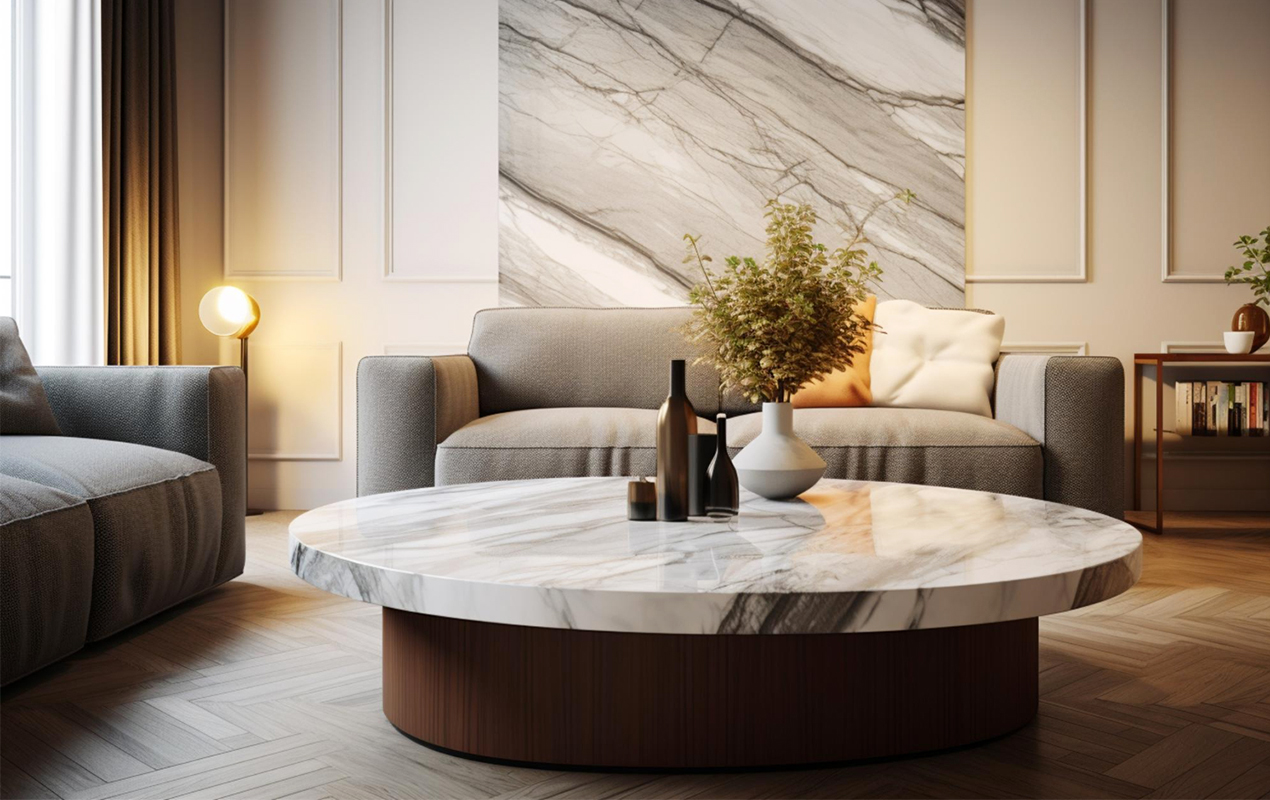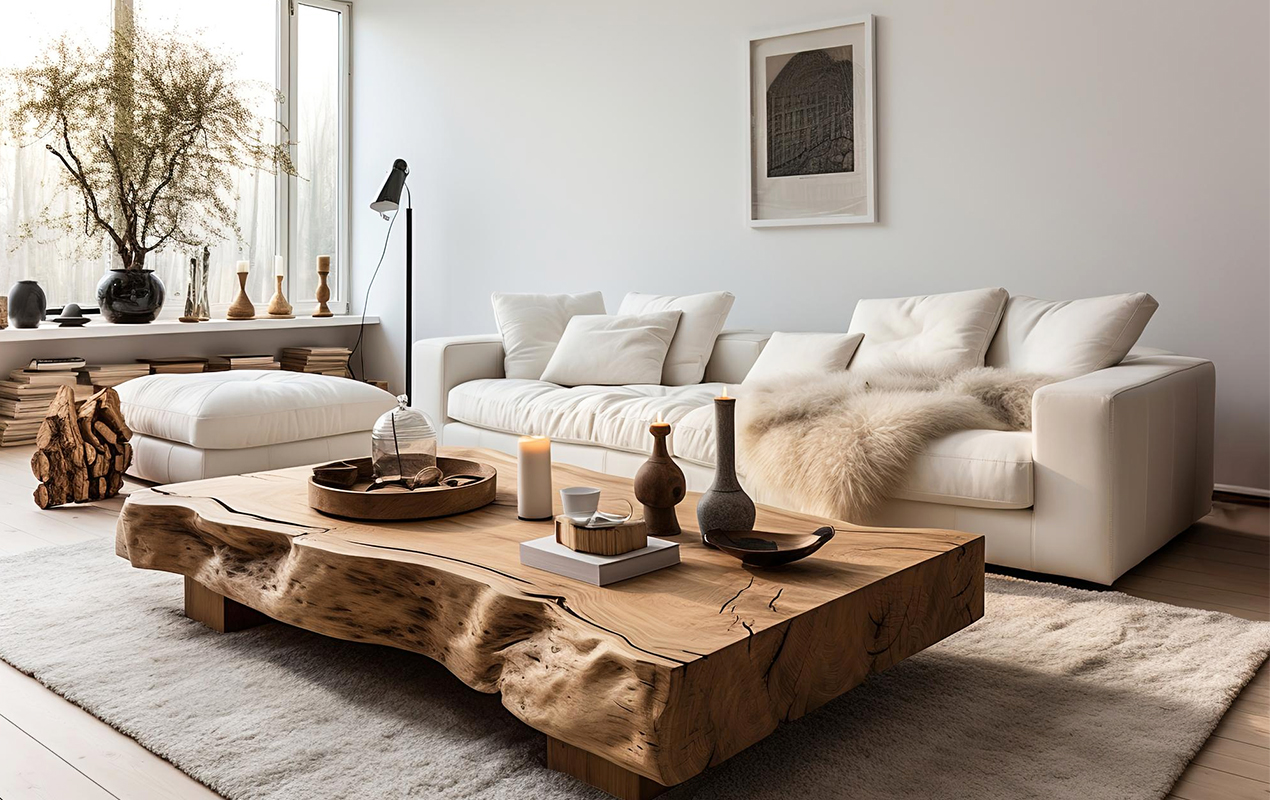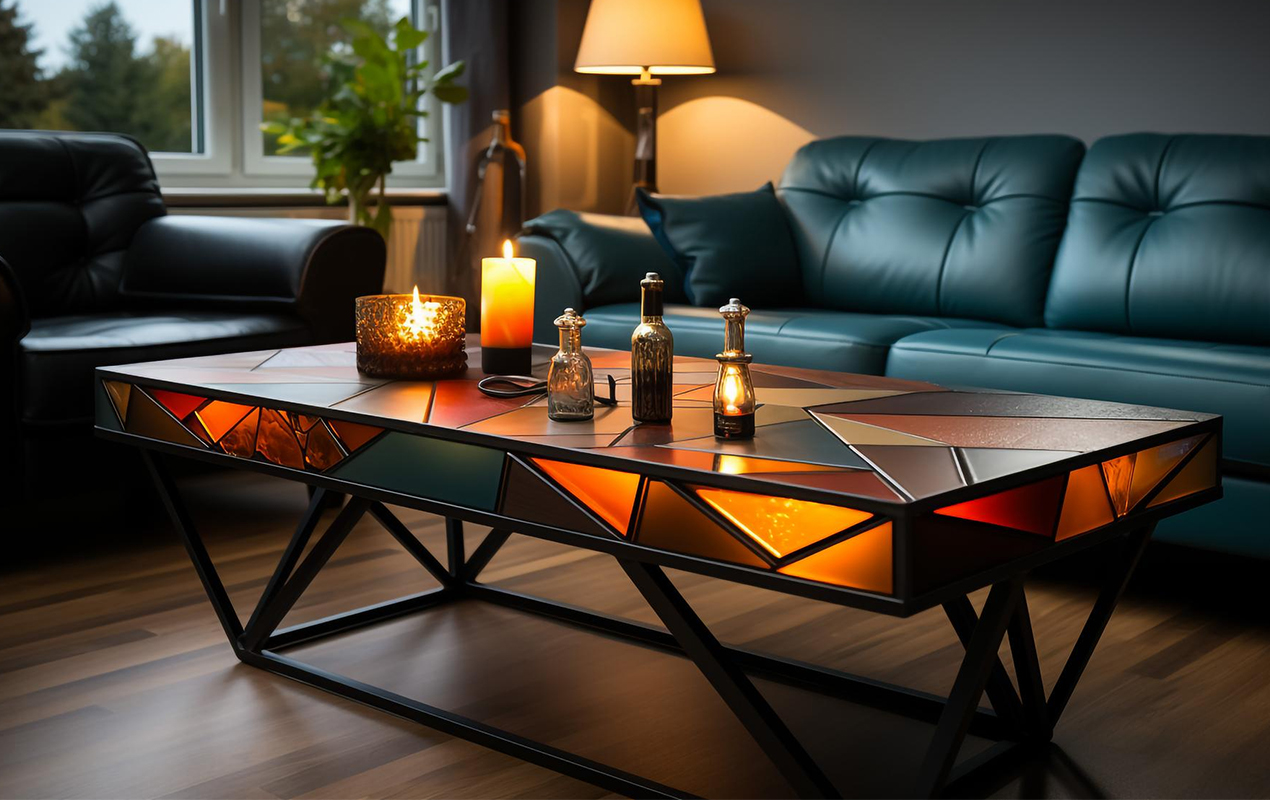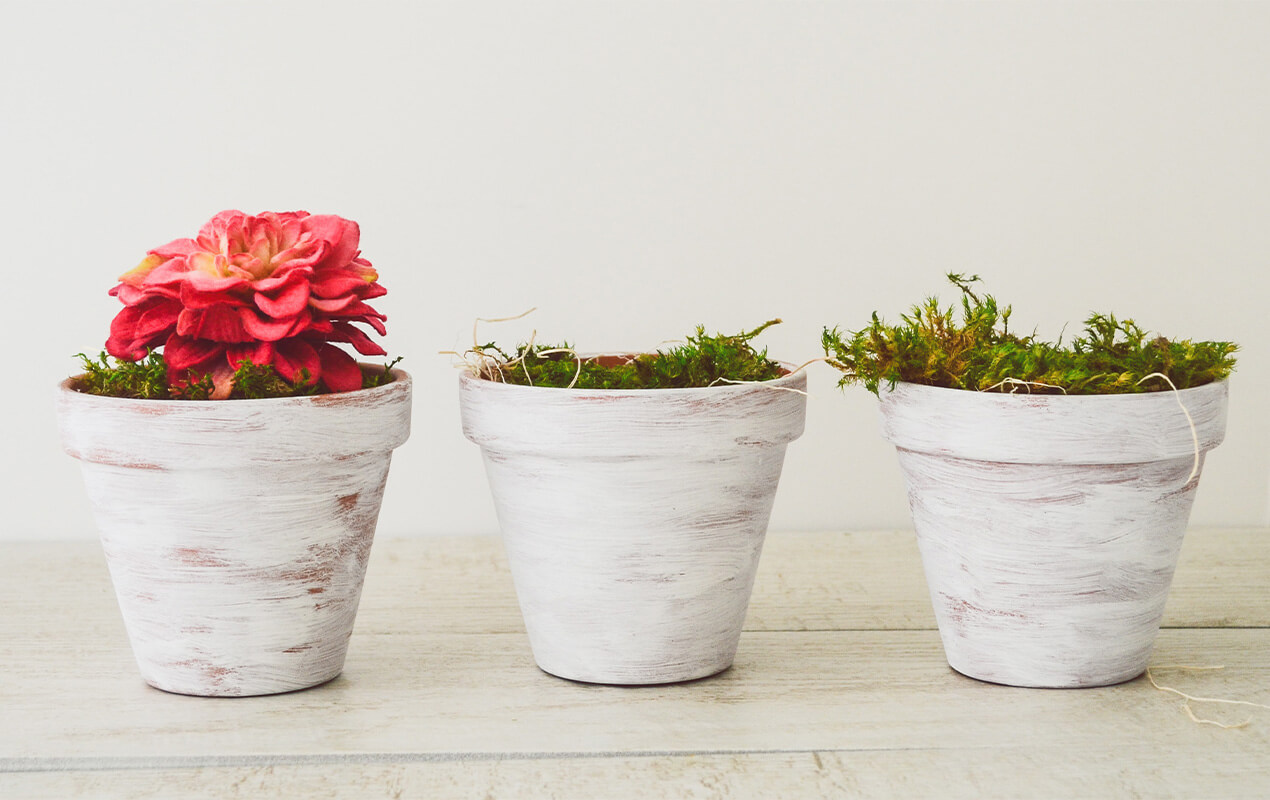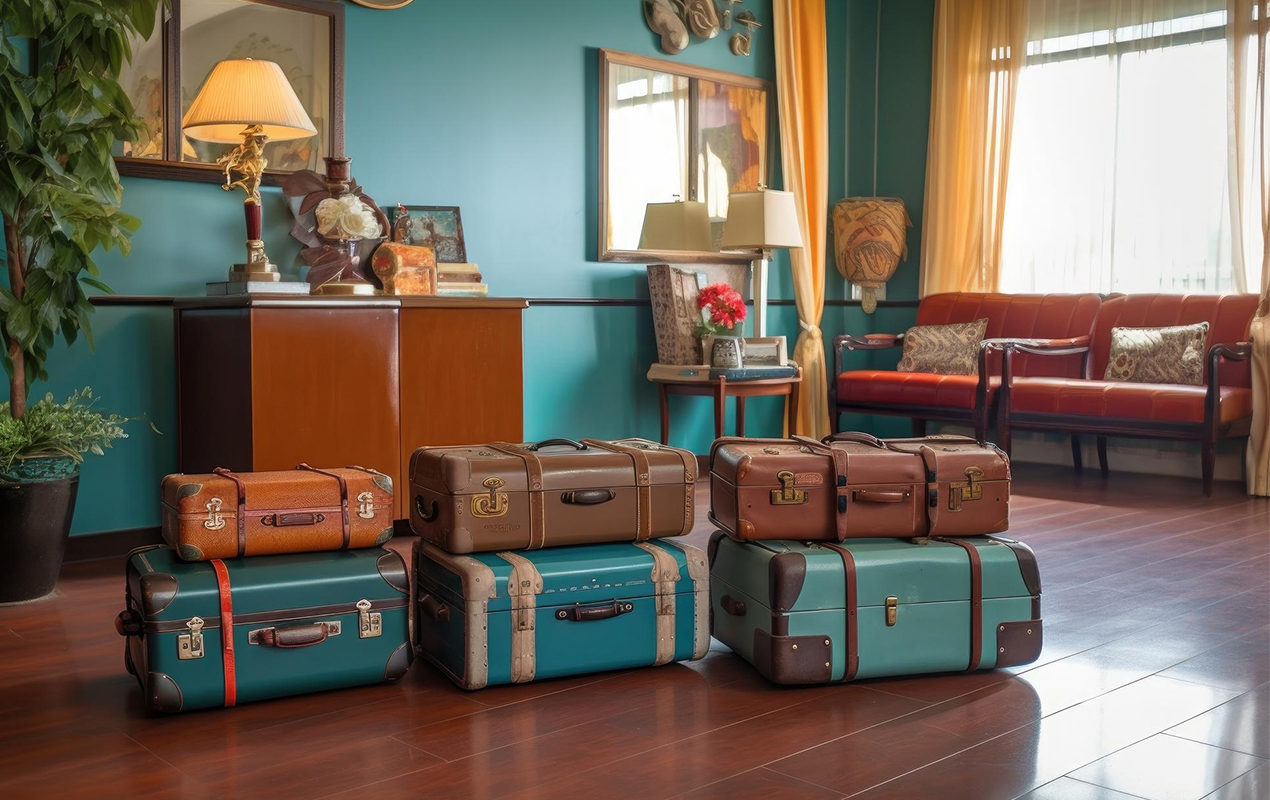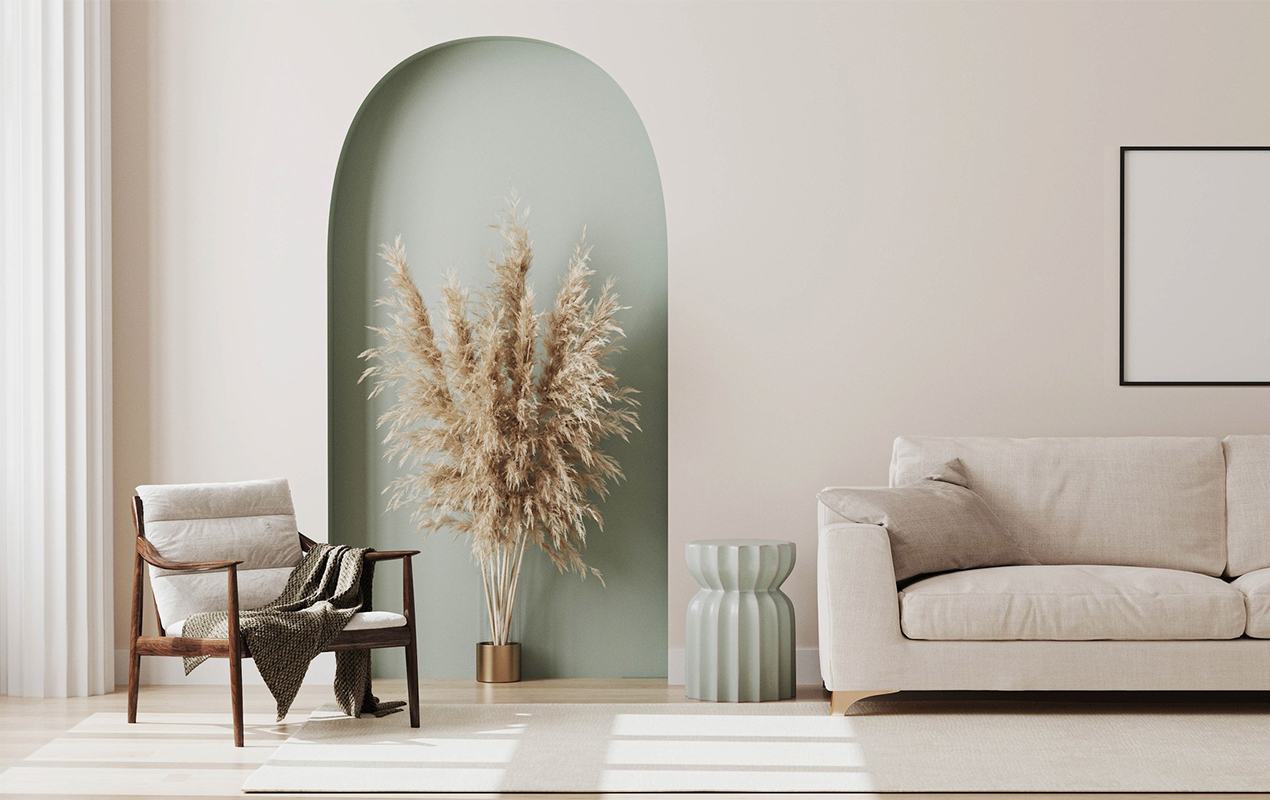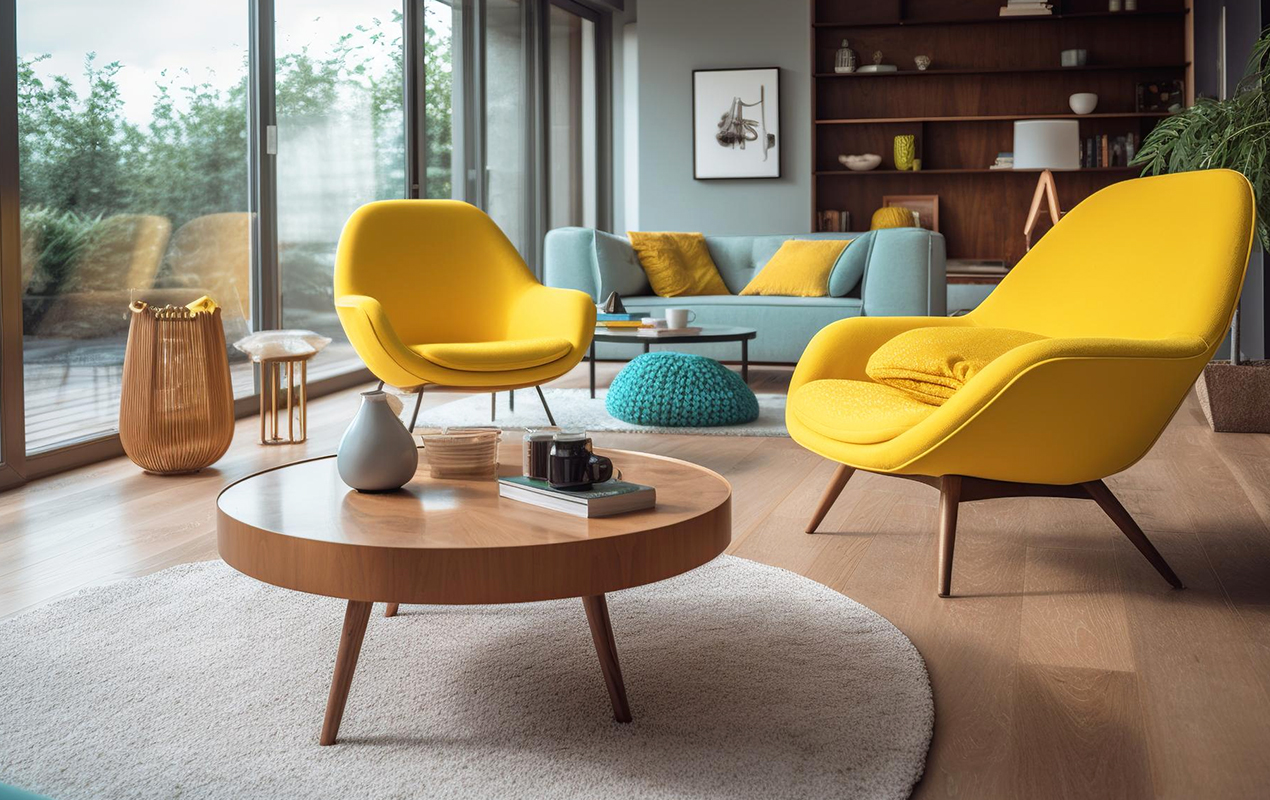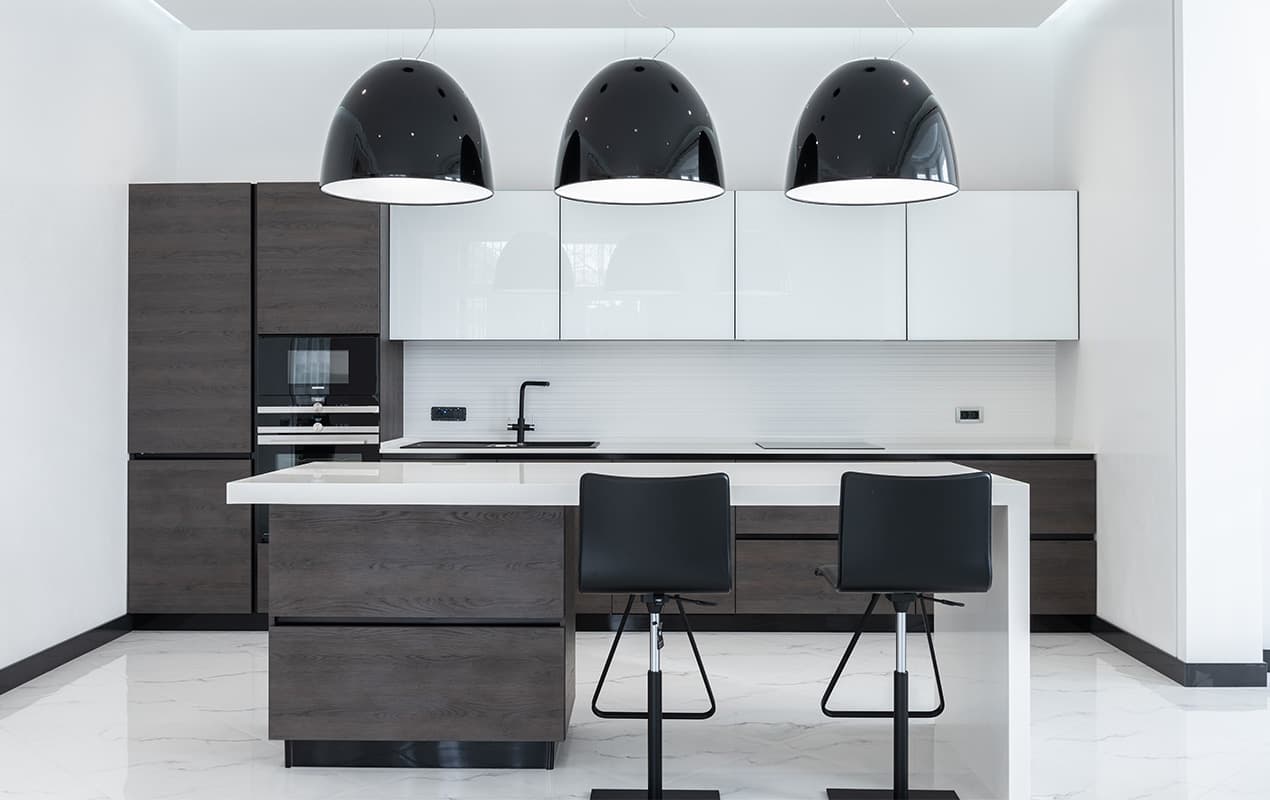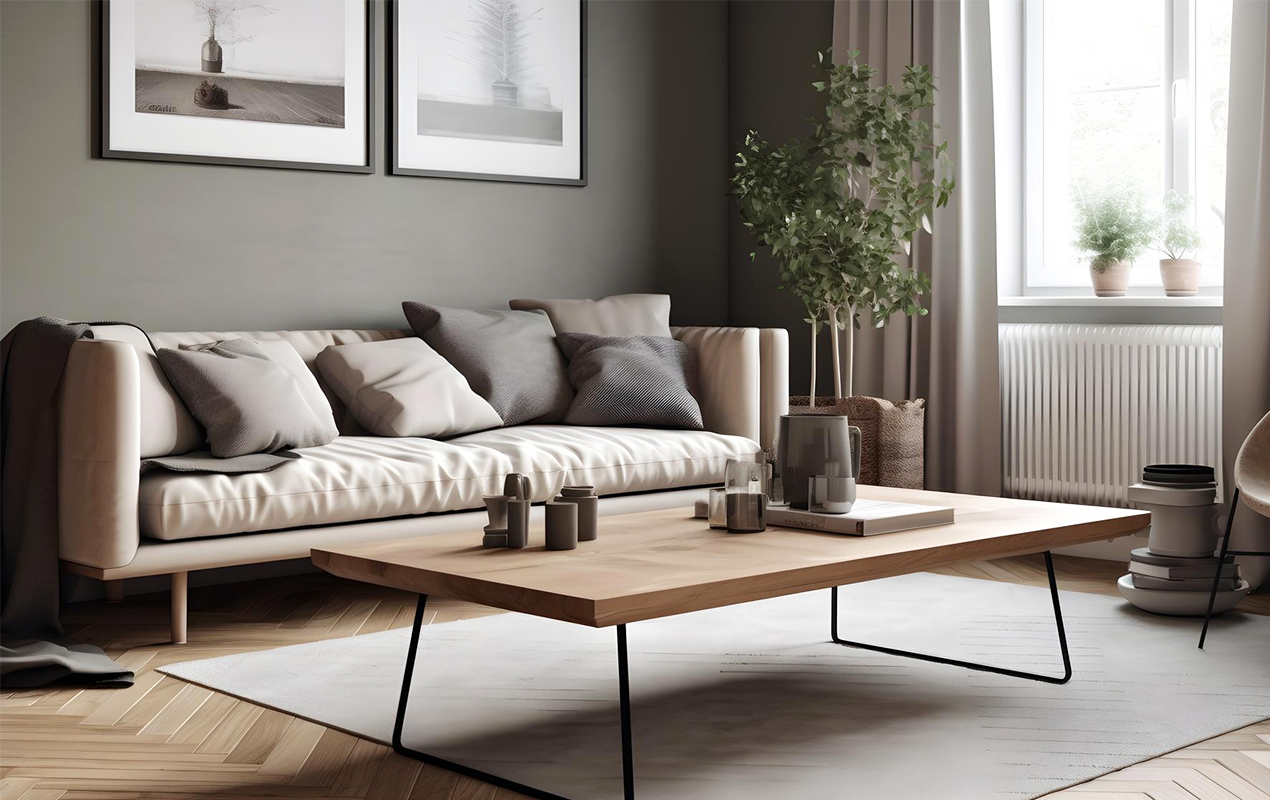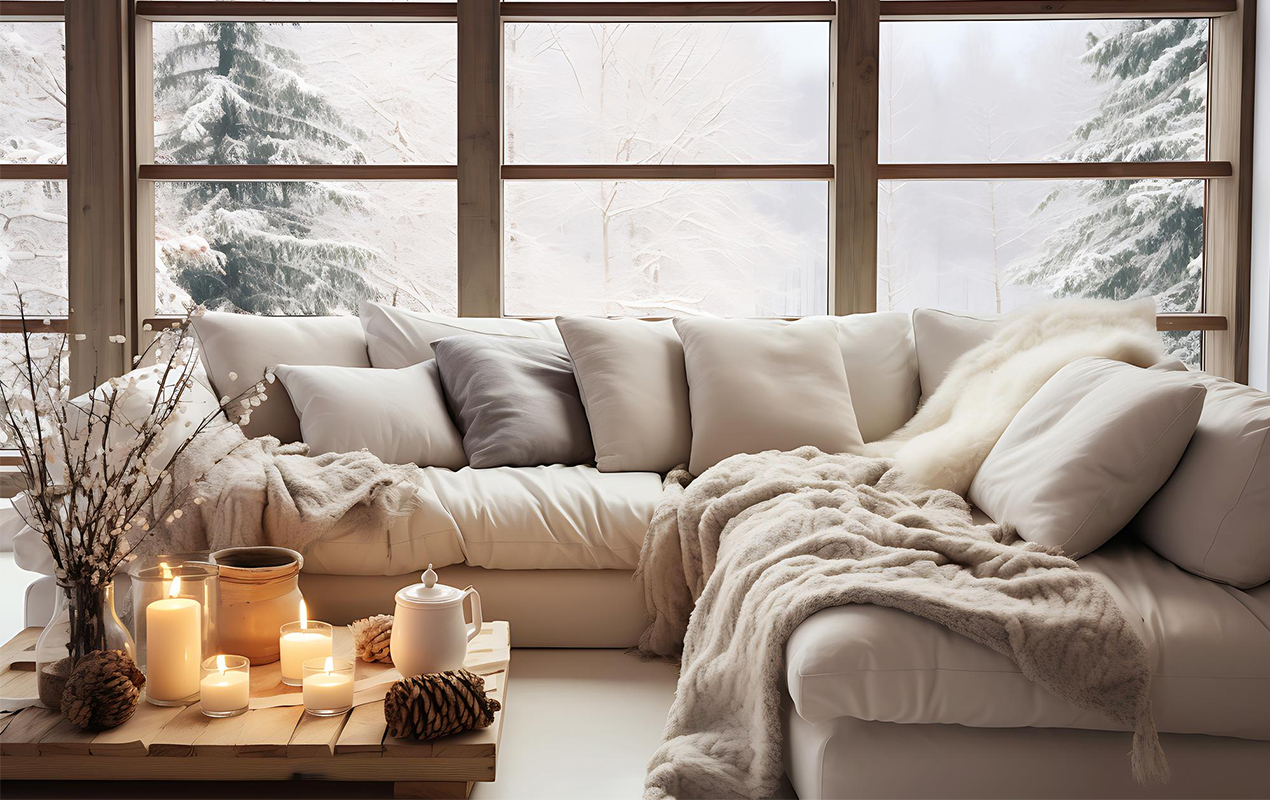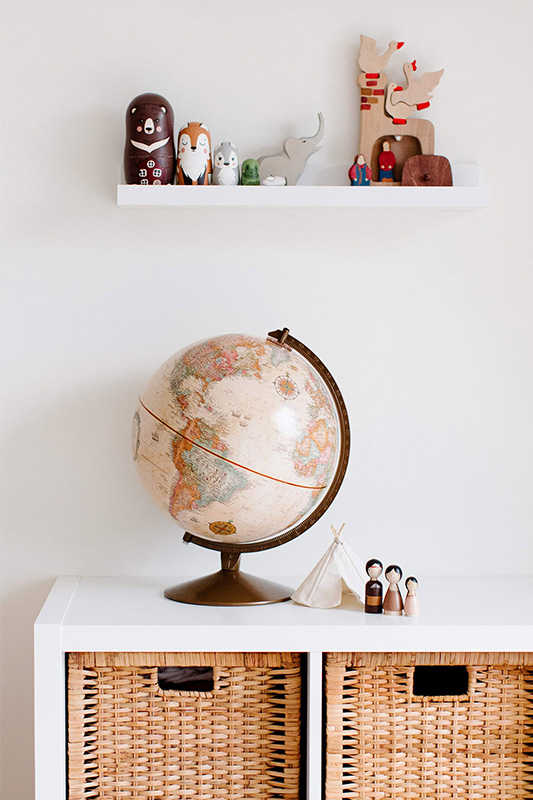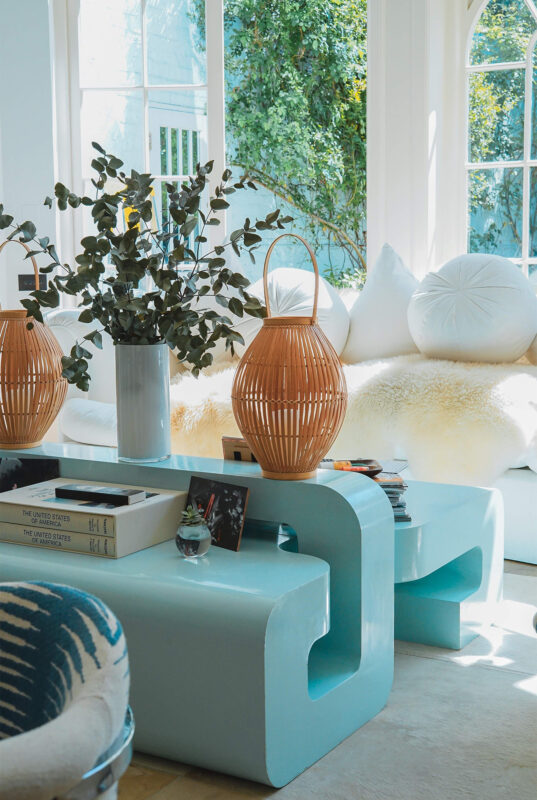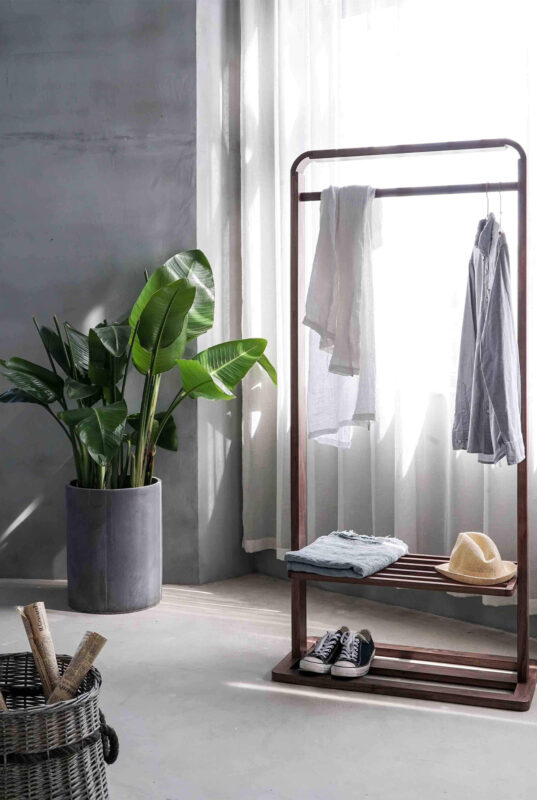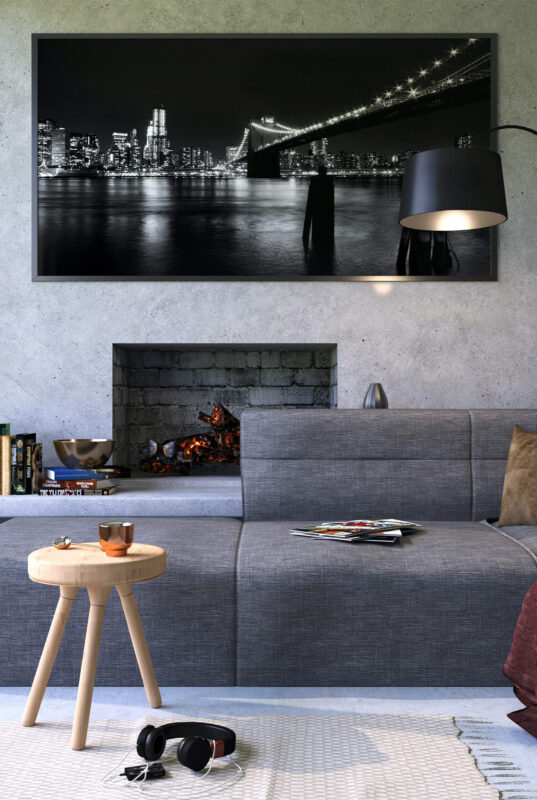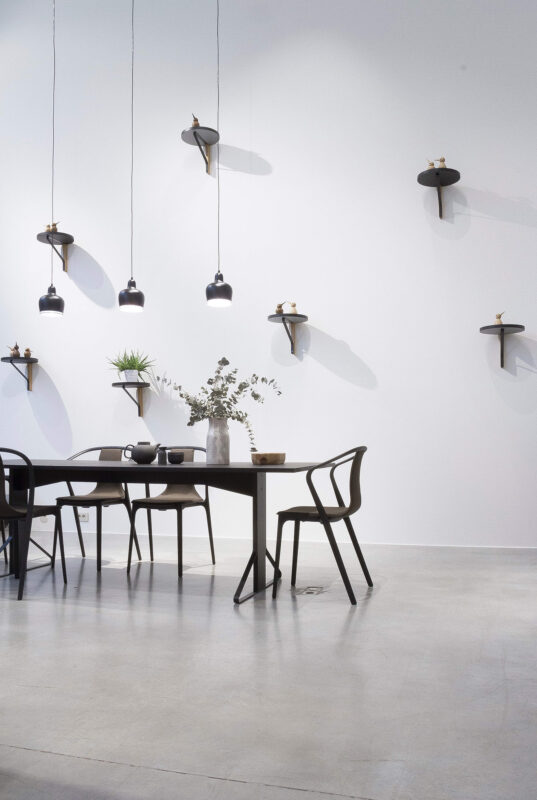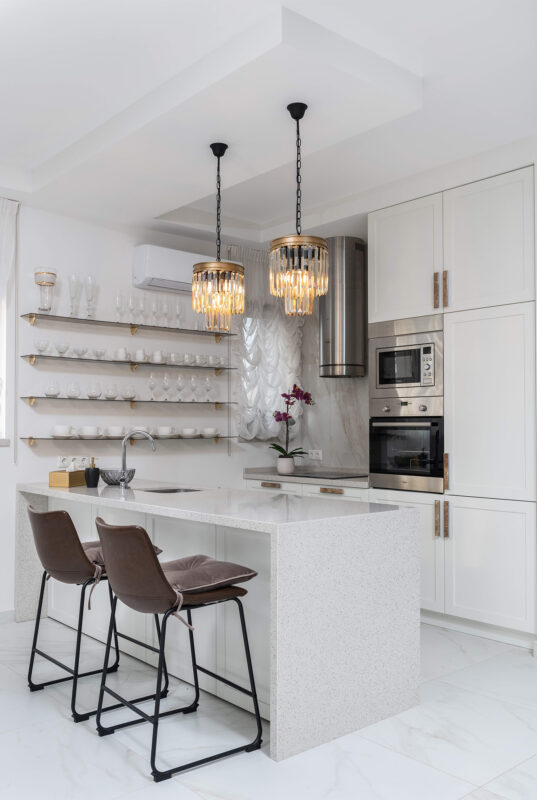Blog
Coffee Table Placement: The Key to a Balanced Living Room
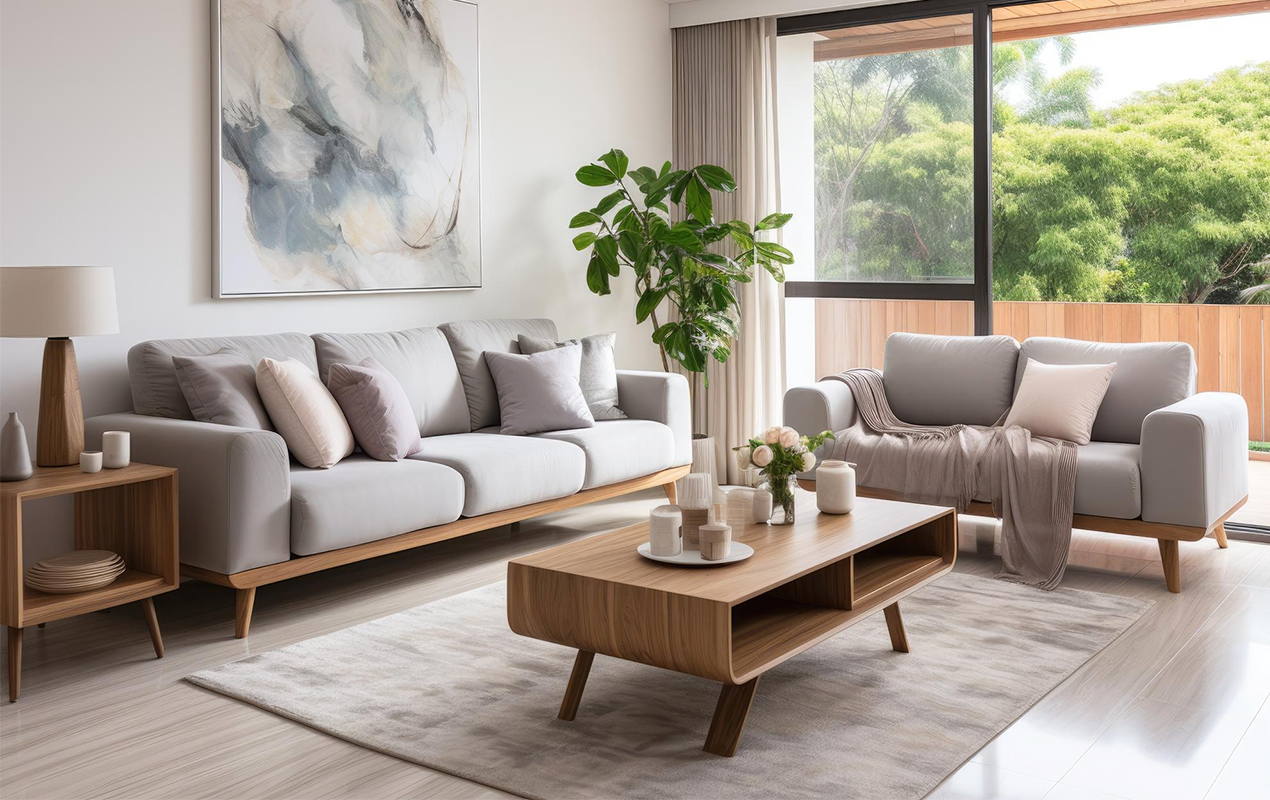
DISCLAIMER: The images in this post are for informational purposes to illustrate potential possibilities, recognizing that individual tastes vary. We aim to capture your wants and needs, expanding on each style where possible to offer a range of available options from reputable designers and affiliated brands. This selection process considers a variety of factors to ensure we cater to the diverse preferences of our readers.
Coffee Table Placement
Coffee table placement isn’t merely a matter of convenience; it’s a decision that elevates or demotes your living room aesthetic. Too close to the sofa becomes an obstacle course; too far, and it loses purpose. The wrong height can disrupt the visual harmony, while an ill-suited shape can throw off the entire room’s proportions.
This guide goes above the obvious to delve into the nuanced art of coffee table placement. Here, we’ll explore achieving a balanced and flowing setup by considering aspects like room layout, furniture arrangement, intended function, and personal preferences.
You could be starting from scratch or simply looking to refresh your existing space, we’ll equip you with the insights to unlock the potential of your table as a key design element. Read on to uncover placement advantages and see how this unassuming piece can be the linchpin in devising a cohesive living room aesthetic.
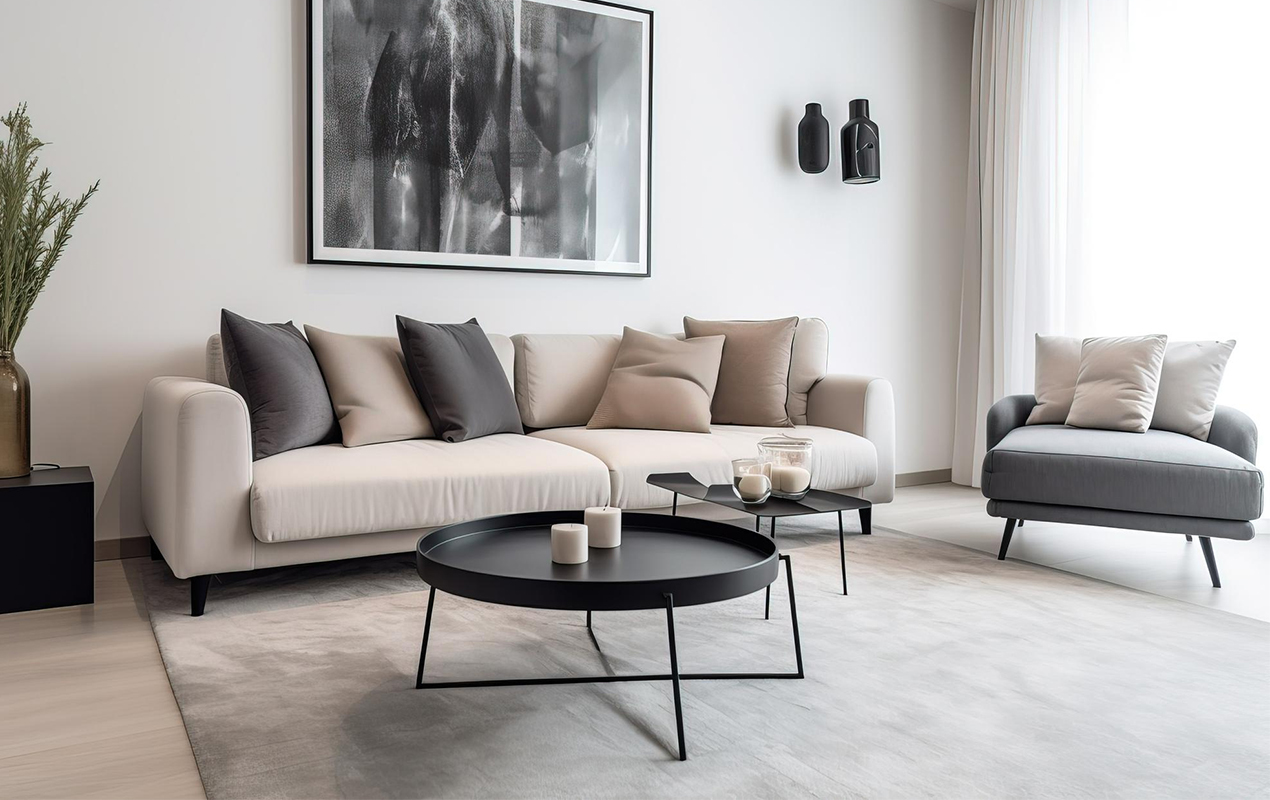
Photo by DigitalGenetics from Freepik
Coffee Table Placement for Different Room Layouts
Your living room’s layout plays a pivotal role in determining the ideal spot for your table. Let’s explore common scenarios and how to tailor your placement accordingly:
Traditional Layout
In a classic setup with a sofa facing a TV or fireplace, the table typically finds its home directly in front of the sofa. This placement produces a balanced, symmetrical look, while also providing access to the table from all seating areas. However, be mindful of the “golden rule” – aim for a 14-18 inch gap between the sofa and table to allow for sufficient legroom.
Sectional Sofa Coffee Table Placement
Sectionals present a unique challenge due to their L-shape and U-shape configurations. Large square or rectangular tables can work well within a sectional setup, spanning the sofa length for a cohesive feel. Alternatively, consider using multiple smaller tables or a nested table set, divided and placed to cater to each sofa section. This approach offers greater flexibility and allows for more manageable movement within the seating area.
Related Article: What Coffee Table Shape Complements a Sofa Sectional Best?
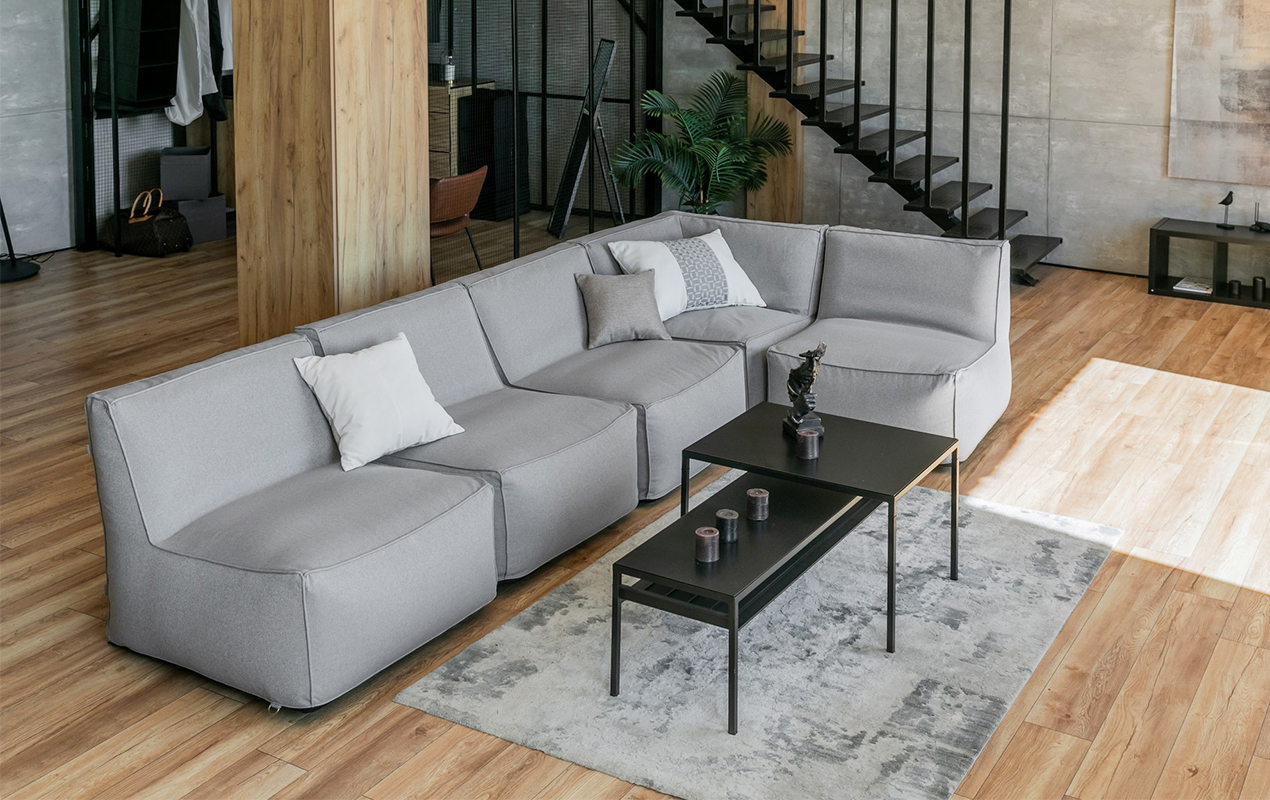
Photo by Artembruk from Freepik
Small Living Room
Limited square footage calls for a clever approach to table placement. Round or oval tables are often the most practical option, with curved edges facilitating smooth traffic flow, creating a feel of spaciousness. Nesting tables are another alternative not to overlook, providing a singular aesthetic, while having the option to be divided to cater for added surface area as needed.
Fireplace Focal Point
When a fireplace commands attention, the coffee table should complement, not compete. Position the table between the sofa and fireplace, but ensure adequate clearance (at least 2-3 feet) to prevent hazardous accidents from arising. A rectangular or oval table parallel to the fireplace often coheres well within this scenario.
Open Floor Plan
In open-concept spaces, the coffee table can serve as a visual anchor, delineating the living room area from the surrounding space. Position it centrally within the seating arrangement to form a defined zone, and consider a larger table to fill the space and ground the setting.
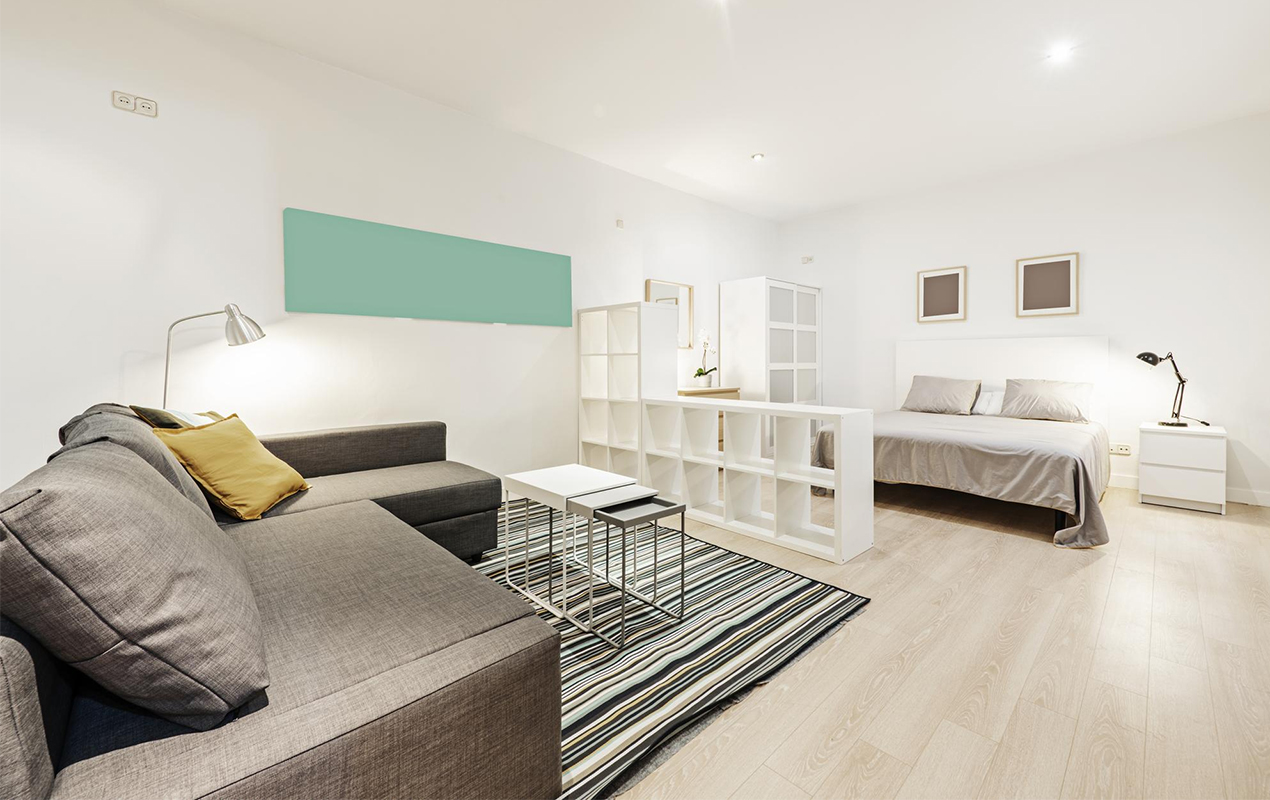
Photo by Toyakisfoto from Freepik
Coffee Table Placement for Different Functions
Your table is a multi-functional tool that adapts to a range of needs within your living room. Here’s how to strategically place it for optimal use accounting for different perspectives:
Conversation Area
When the primary goal is to encourage conversation, think of your table as the core of the gathering. Arrange seating in a circular or semi-circular fashion around the table, assuring each person has access to it. This builds an intimate, inviting ambiance that facilitates interaction. As mentioned in our earlier section, if you have a larger living room or sectional setup, using several smaller tables can help create distinct conversation zones.
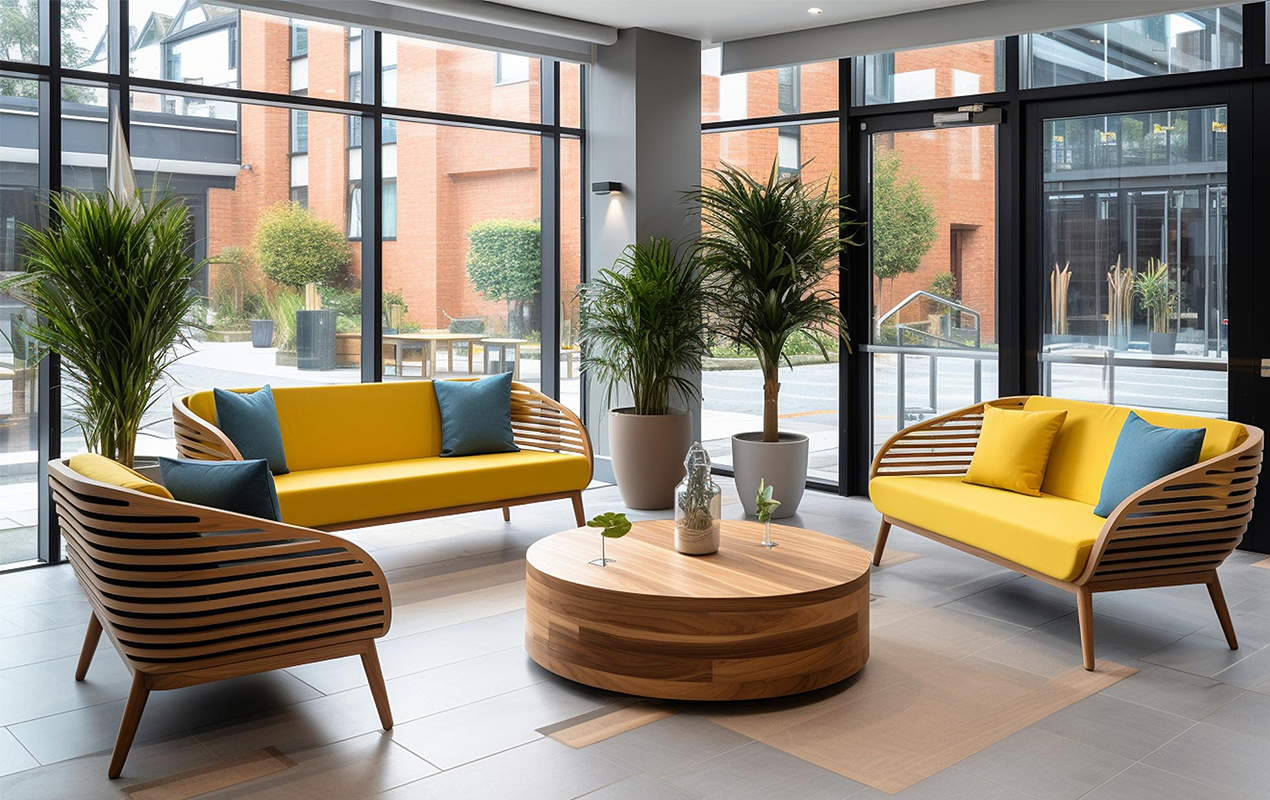
Photo by Farzabd from Freepik
Family Room
Family rooms often serve as a hub for games, crafts, and general relaxation. In this setting, choose a table able to withstand the wear and tear of daily life. Opt for durable materials like solid Oak or aluminum, and factor in the surface area required for spreading out puzzles, board games, or art supplies. If your home is a high-traffic zone for children, a table with rounded edges takes a softer approach, preventing accidental bumps and bruises.
Formal Living Room
If your living room leans towards a more sophisticated aesthetic, your table should reflect that. Choose a piece that makes a statement, whether it’s through a sculptural base, an exquisite material like marble or Travertine, or a less conventional hexagonal or octagonal geometric alternative. This table type can serve as a conversation starter and add an elegant feel to the interior.
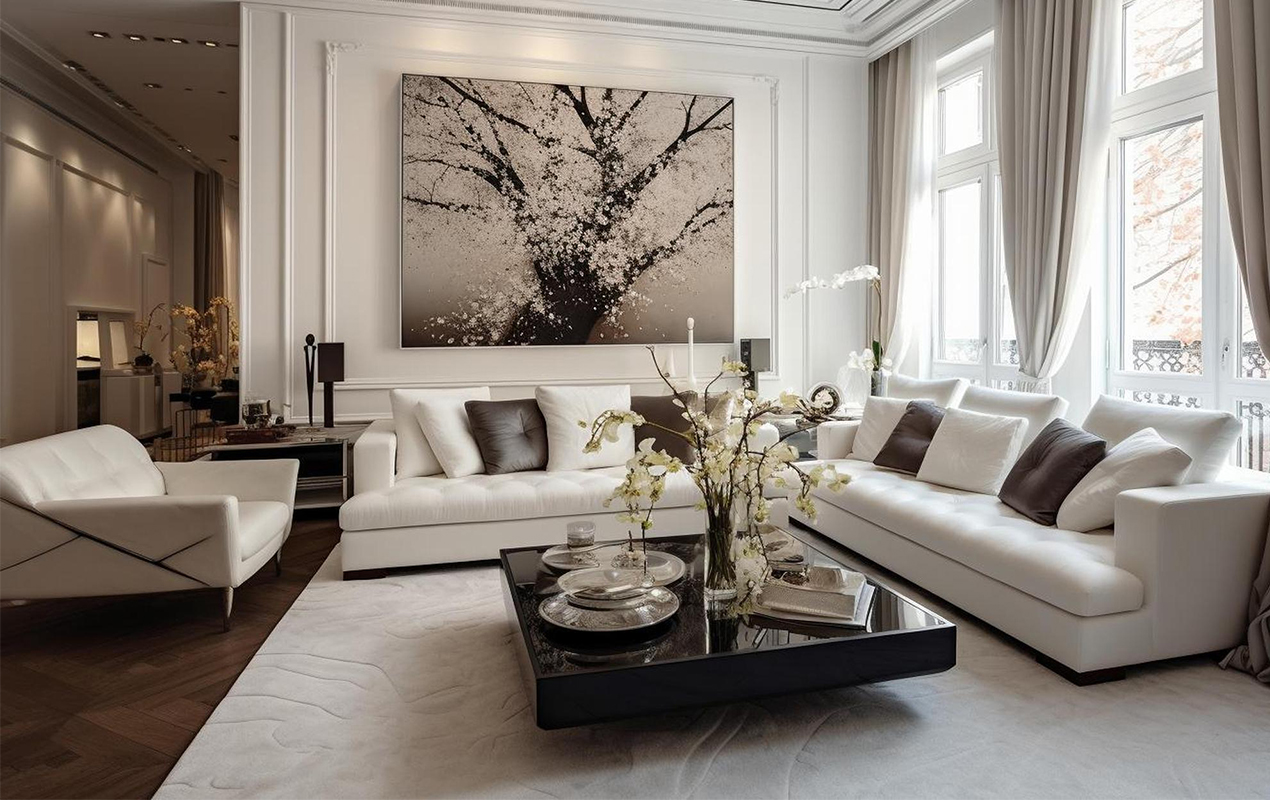
Photo by Mockupdaddy-com from Freepik
Multi-Purpose Space
In homes where the living room serves multiple functions, adaptability is key. Look for options with hidden storage, drawers, or shelves to keep clutter at bay. Lift-top tables are another standout choice, doubling as an added work surface or dining table when needed.
Creative Coffee Table Placement Ideas
Ottomans as Coffee Tables
Ottomans are the overlooked gems of living room furniture, serving as extra seating, footrests, and coffee tables alike. If this option resonates with you, we’d suggest an ottoman paired with a tray to corral items and forge a practical surface for drinks and snacks. They’re particularly well-suited for families with children, as it eliminates sharp corners and provides a soft, comfortable surface for play.
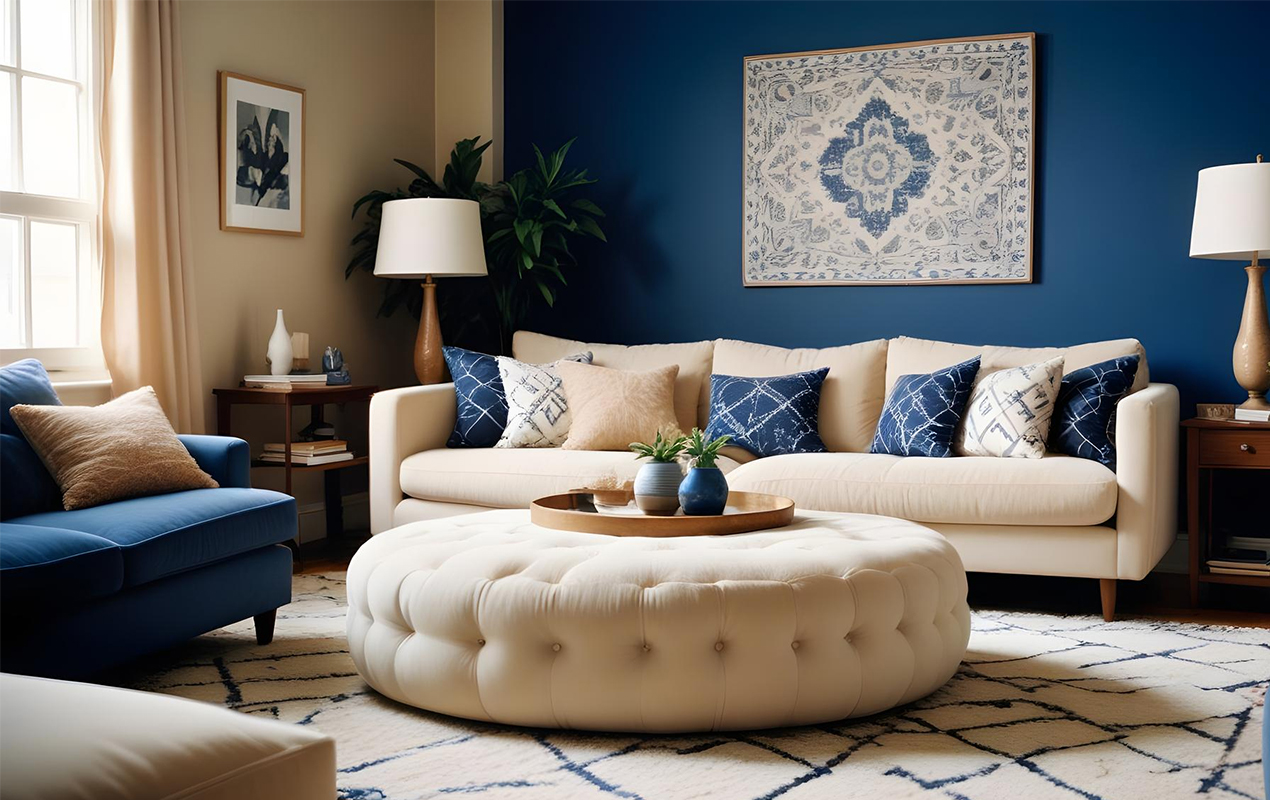
Photo by LetsRock from Freepik
Layering Tables
Reverting back to the multiple table concept; layering tables of varying heights, shapes, and materials adds depth and heightened visual impact to your space. Start with a larger base table, layering smaller accent tables on top for dimension. This technique looks aesthetic and provides additional surfaces for drinks, books, or decor.
Off-Center Coffee Table Placement
Who says the table must always be front and center? Experiment with placing it off-center to form an intriguing asymmetry. This approach can be particularly effective in rooms with unusual architectural features or asymmetrical seating arrangements. By shifting the table to one side, you draw the eye to a specific area.
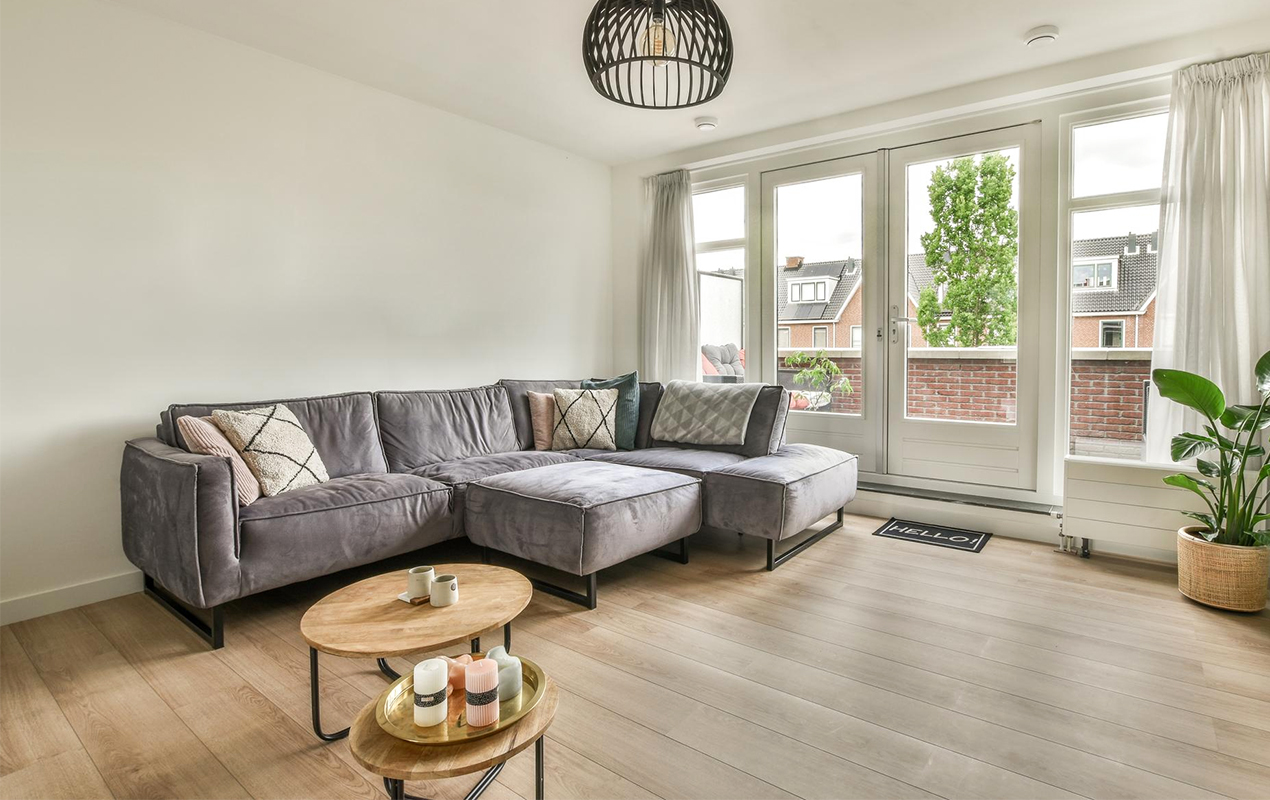
Photo by user24121185 from Freepik
Unexpected Materials
Think above traditional wood tables; explore options comprising unexpected materials like iron, concrete, acrylic, or even driftwood. These unique materials serve as stunning focal points and add personality to a setting. If you’re feeling particularly adventurous, scour for a vintage trunk or repurposed industrial cart as a conversation-starting alternative.
Final Thoughts
To conclude, coffee table placement is a nuanced art, impacting the functionality and ambiance of your living room. By understanding the basic principles of proportion, distance, and traffic flow, and then tailoring those guidelines to your specific layout and intended use, you can open the potential of this often-underestimated piece.
There are no rigid rules etched in stone. The “perfect” placement isn’t universal; it’s a subjective matter of preference. Don’t be afraid to experiment, to move that table a few inches this way or that, to try out different shapes and sizes until you find the configuration that resonates.
A well-placed table isn’t just a functional necessity; it’s a subtle yet powerful element; structuring your ambiance, encouraging conversation, and exalting the entire space. Reimagine your living room layout – you might be surprised at the power a simple shift in placement can bring.
